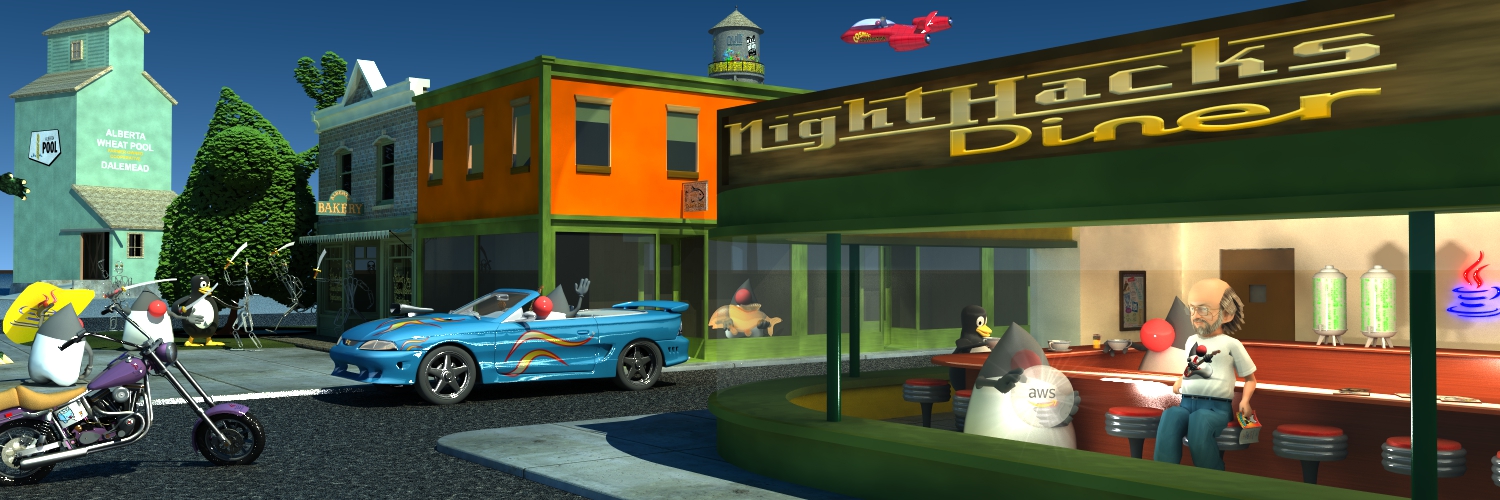Congratulations to Barn2 Robotics!
 As wild a ride as my first week at Google was, the real thrill was
the FIRST Silicon Valley Robotics
Competition held at San Jose State University Thursday through
Saturday of the week. I've been one of the folks mentoring the team
from the Woodside Priory
School. My youngest daughter attends the school, but she isn't
old enough for the robotics team - although she has competed in the
FIRST Lego League. I skipped out of work for a few hours on Friday
to be with the kids. I took some photos
and videos of the team, robots and three of the rounds. The did
so well that they ended up on the winning alliance, and so are
going to the national championships in St Louis. One of their
robot's real strengths was its performance during the autonomous
part of each round. Of the three I watched, it performed perfectly
each time, which was fantastic. Each round has an initial period of
time where the robot has to drive itself autonomously, then it's
controlled by the students remotely.
As wild a ride as my first week at Google was, the real thrill was
the FIRST Silicon Valley Robotics
Competition held at San Jose State University Thursday through
Saturday of the week. I've been one of the folks mentoring the team
from the Woodside Priory
School. My youngest daughter attends the school, but she isn't
old enough for the robotics team - although she has competed in the
FIRST Lego League. I skipped out of work for a few hours on Friday
to be with the kids. I took some photos
and videos of the team, robots and three of the rounds. The did
so well that they ended up on the winning alliance, and so are
going to the national championships in St Louis. One of their
robot's real strengths was its performance during the autonomous
part of each round. Of the three I watched, it performed perfectly
each time, which was fantastic. Each round has an initial period of
time where the robot has to drive itself autonomously, then it's
controlled by the students remotely.
Several years ago a group at Sun (driven by Eric Arseneau - thanks Eric!) worked with the folks at FIRST and WPI to port the Squawk VM (the VM used in the SunSPOT) to the Compact RIO from National Instruments, the industrial automation controller used by the FIRST Robotics League. In prior years, programming this controller was freakishly hard, so the students rarely took advantage of the ability to do any programming. Between the ability to code in Java, and the tool support through NetBeans (breakpoints in a real robot, how cool is that???), the RIO becomes really easy to program, and hence capable of much more sophisticated algorithms.
I loved watching the kids design, build, and program their robot. The software team hardly needed any help from me. They were great.
| April 3, 2011 |
